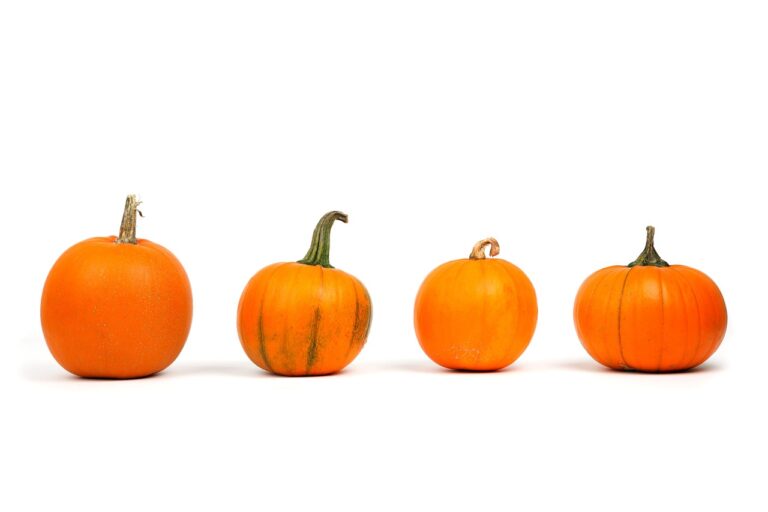Exploring the Global Influence on Delicatessen Cuisine
sky247 com login password, gold365 game login, gold 365 green:Exploring the Global Influence on Delicatessen Cuisine
Delicatessen cuisine, commonly referred to as deli food, is a type of cuisine that originated in Europe, particularly in Germany and Eastern Europe. Traditionally, delicatessen food consists of prepared meats, cheeses, bread, pickles, and other high-quality foods that are often served as cold cuts or sandwiches. However, over the years, the influence of global cuisines has transformed the traditional deli offerings into a diverse and exciting culinary experience.
In this blog post, we will explore the global influence on delicatessen cuisine, highlighting how different cultures and culinary traditions have shaped and enriched the classic deli fare we know and love today.
The Evolution of Delicatessen Cuisine
The term “delicatessen” is derived from the German word “delikatessen,” which means delicious things to eat. Historically, delicatessens were small shops or markets that specialized in selling high-quality, gourmet foods such as cured meats, sausages, cheeses, and pickles. These establishments were popular in Europe, especially in countries like Germany, Austria, and Poland.
As European immigrants migrated to the United States in the late 19th and early 20th centuries, they brought with them their culinary traditions and heritage, including the concept of the delicatessen. These early delis catered to the tastes and preferences of the immigrant communities, offering a taste of home in a new and unfamiliar land.
Over time, the deli culture in America evolved and expanded, incorporating influences from various ethnic groups and culinary traditions. Jewish delis, in particular, played a significant role in popularizing delicatessen cuisine in the United States, with iconic dishes like pastrami on rye, matzo ball soup, and knishes becoming staples of the American deli menu.
The Global Influence on Delicatessen Cuisine
Today, delicatessen cuisine is a melting pot of flavors and influences from around the world. The global influence on deli food is evident in the variety of ingredients, dishes, and flavors that can be found in modern delis across the globe.
Italian Influence
Italian cuisine has had a significant impact on delicatessen cuisine, with dishes like antipasto, prosciutto, and caprese salad becoming popular items on deli menus. Italian cured meats and cheeses, such as salami, mortadella, and mozzarella, are now commonly found in delis worldwide, adding a touch of Mediterranean flavor to the traditional deli fare.
Asian Influence
Asian cuisine has also made its mark on delicatessen cuisine, with ingredients like kimchi, miso, and soy sauce being incorporated into deli dishes. Asian-inspired sandwiches, like Banh Mi and Korean BBQ, have become trendy options at many modern delis, appealing to customers looking for bold and exotic flavors.
Latin American Influence
The vibrant and diverse flavors of Latin American cuisine have enriched the deli experience, with ingredients like chorizo, avocado, and plantains making their way onto deli menus. Latin American-inspired dishes, such as Cuban sandwiches, empanadas, and ceviche, are now popular choices for deli-goers seeking a taste of the tropics.
Middle Eastern Influence
Middle Eastern cuisine has also influenced delicatessen cuisine, with dishes like falafel, hummus, and tabbouleh gaining popularity in delis worldwide. Middle Eastern spices and flavors, such as cumin, turmeric, and sumac, add a zesty and exotic twist to classic deli fare, appealing to customers with adventurous palates.
African Influence
The diverse and rich culinary traditions of Africa have started to make their way into delis, with ingredients like berbere spice, harissa, and couscous being used in deli dishes. African-inspired flavors and dishes, such as Moroccan tagine, South African biltong, and Ethiopian injera, are adding a new dimension to the deli experience, showcasing the continent’s culinary creativity and diversity.
Australian Influence
Australian cuisine, with its focus on fresh and locally sourced ingredients, has also influenced delicatessen cuisine, with dishes like lamb chops, pavlova, and ANZAC biscuits being featured on deli menus. Australian-inspired sandwiches, like Vegemite toasties and meat pies, offer a taste of Down Under to deli patrons looking for something different and unique.
The Future of Delicatessen Cuisine
The future of delicatessen cuisine is bright and exciting, with chefs and deli owners continuing to experiment with global flavors and ingredients to create new and innovative dishes. As the world becomes more interconnected and multicultural, the influence of different cuisines and culinary traditions on deli food will only continue to grow, offering customers a diverse and eclectic dining experience.
FAQs
1. What is the origin of delicatessen cuisine?
Delicatessen cuisine originated in Europe, particularly in Germany and Eastern Europe, where small shops specialized in selling high-quality gourmet foods like cured meats, cheeses, and pickles.
2. How has global influence shaped delicatessen cuisine?
The global influence on delicatessen cuisine is evident in the variety of ingredients, dishes, and flavors that can be found in modern delis across the globe. Italian, Asian, Latin American, Middle Eastern, African, and Australian cuisines have all contributed to the evolution of deli food, adding new and exciting flavors to the traditional deli fare.
3. What are some popular global-inspired dishes in delis?
Some popular global-inspired dishes in delis include Italian antipasto, Asian Banh Mi sandwiches, Latin American empanadas, Middle Eastern hummus, African tagine, and Australian meat pies.
4. What can we expect to see in the future of delicatessen cuisine?
In the future, we can expect to see chefs and deli owners continue to experiment with global flavors and ingredients to create new and innovative dishes. The influence of different cuisines and culinary traditions on deli food will only continue to grow, offering customers a diverse and eclectic dining experience.







